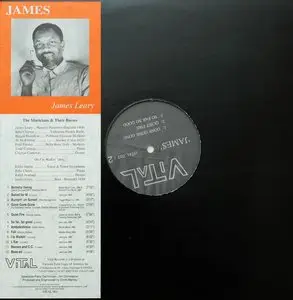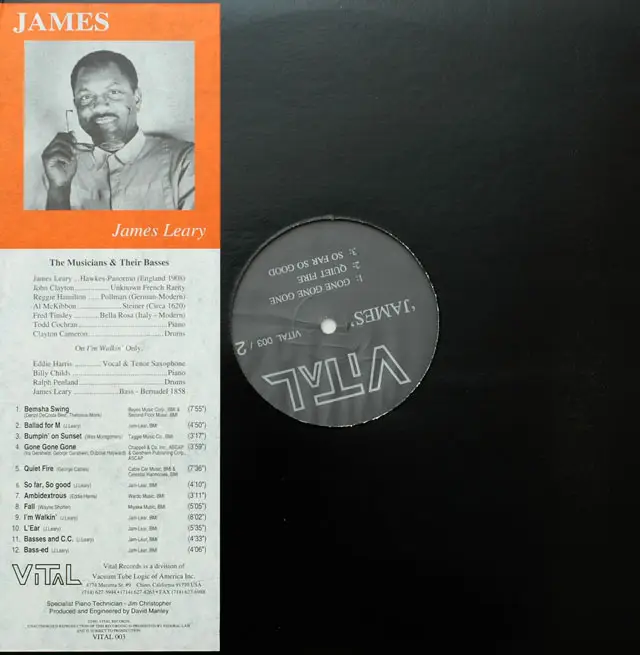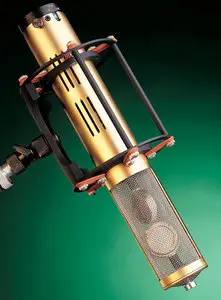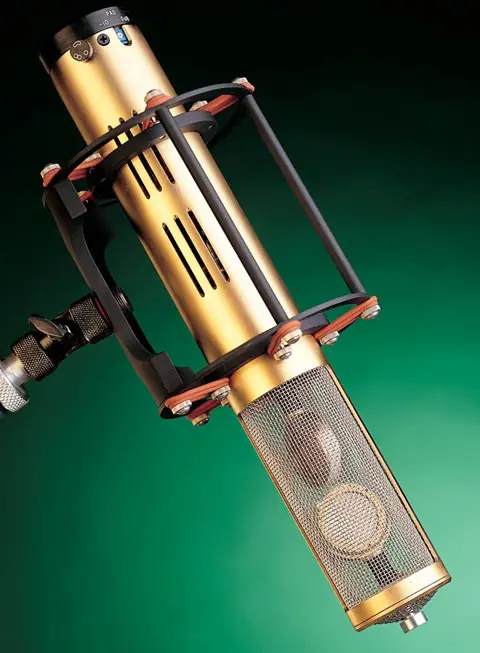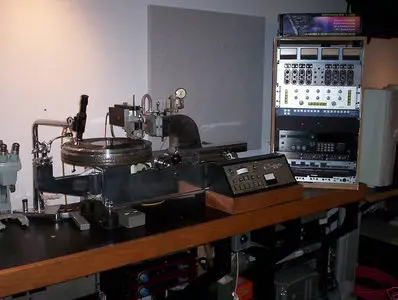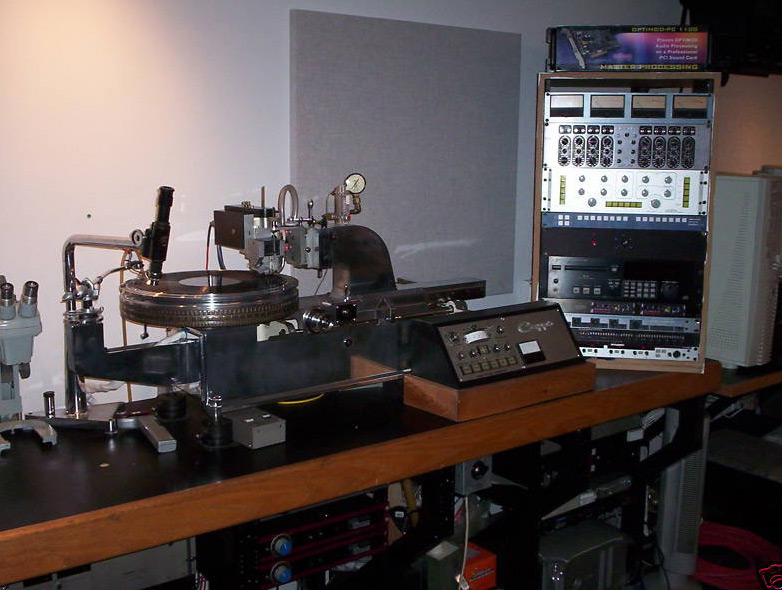James Leary - James
Vinyl Rip in 24-Bit/192-kHz | FLAC tracks | no cue | no log | Covers | RS Links | 2.19 GB
1991 | Genre: Jazz | VTL | Vital-003 | 200 gr vinyl
This album is an excellent example of how good recording quality can be achieved by using only two microphones (one stereo mic) recorded direct-to-two tracks tape. It was recorded by David Manley, the founder of hifi manufacturer VTL (and Manley Labs).
Although two-microphone may not be able to achieve thimbre details of each and all instruments recorded as compared to "close miking" technique, but the most important benefit is the correctness of spatial information, so ideally the listener will be able to "re-create" the soundstage as what it was in the recording room.
I would like to recommend this album for people who appreciate natural sound quality, especially for those using "fast dipole speakers" (e.g.: electrostatics or other planars)
The heart and soul of any recorded sound must surely be the acoustical properties of the room or hall itself, and the microphones being used within that acoustic. I designed the acoustics of the VTL studio in Chino, California, for 'purist' recording techniques only, with all the music being played 'live' and captured straight on to 2 stereo tracks.
Measuring 40 ft x 30 ft with a cathedral-peak ceiling of 16 ft height, the entire acoustic treatment is finished in Oregon Oak and Douglas Fir timbers with continuous Helmholtz tuned resonance absorbing slots. The floor is rubber over high-density particle board over concrete with a resultant reverberation time of approximately 1.5 seconds, providing a totally neutral and resonance-free acoustic.
Equipments are entirely tube, entirely analogue.
The Manley Gold Reference stereo condenser microphone is the centre-piece and the single microphone used for this recording. No other additional microphones were used at all. It is of the so-called "large capsule" variety, having a diameter of 1.25 inches with 3-micron gold-deposition mylar diaphragms. The stereo version has one fixed capsule and one rotatable capsule with the "pick-up pattern" being continuously variable …… my most often-used choice being that of "figure of 8" in the classic Blumlein coincident crossed-pair mode. For our own recordings we use custom version of Reference Gold microphone in that the entire vacuum tube amplification is built into the microphone body ( 8 triodes in the stereo microphone !) and no transformer coupling or external amplification is used at all.
The microphone is connected via VTL Quad double screened cable right into a unity gain mizer for level setting and metering.
The half-inch 2-track Studer C37 analogue tape deck has been fully updated by us mechanically and contains only our Manley pure tube circuitry. At 15 ips, this machine is flat from 20 Hz to 20 KHz +/- 0.2 dB. AGFA type 468 tape was used at 200 nano-Webers, but run somewhat on the "hot" side, +5 dB, without any kind of noise reduction. Again, we chose to accept a small amount of tape-hiss, in preference to the sterility and inherent phase-shift distortion produced by noise-reduction.
- David Manley -
The master lacquers for this album were cut in our own mastering room. Our totally unique lathes are a matched pair of purpose-built Scully-Neumann, certainly the only two in the world. We built these "hybrids" to combine the very best features of both designs. The unbeatable Scully chassis, lead-screw and head-carriage and sleds now sport the nearly 80 lb Neumann turntables. These tables are driven by JVC-Technics motors, offering wow & flutter figures of 0.0045%, some ten times better than the finest tape machine!
The other major Neumann part is their superb head suspension-dropper box, which contains the cleverest automatic variable depth device ever designed. The lead-screw drive and computer interface is a highly upgraded unit from the Capps Company, designed for use on longer classical sides.
The cutting head is another story of recent innovation and upgrade. It started off as the last Westrex model built, called the 3DIIAH ( 'A' for aluminium coils and 'H' for helium cooled). The key to this wonderful cutter head's unique superiority (over the European so-called "miniature" heads and regular Westrex stereo models) lies in an innovative torque-tube design developed by Otto Hepp and Len Horowitz. 84 years young and still going strong, Otto Hepp is the man who built all Westrex heads in the last 40+ years.
Otto Hepp's innovative torque-tube design makes it far smaller and lighter than the original Westrex and Haeco models. This enables us to use a very short-shank Neumann cutting stylus, instead of the nearly 3/8 inch long Westrex cutting stylus.
The difference is startling: all of the rich, opulent bass and mid-range sounds of the huge (magnetically and physically) Westrex head are retained, plus the silky-smooth highs found previously only in the Neumann and Ortofon miniature heads. Gone are the 8K and 12K resonances that previously detracted from the greatness of the Westrex stereo cutter head.
The Westrex head is driven by a pair of stock Manley 350 watt monoblocks, with the addition of a special RIAA preamp that we designed and custom-built. The tape machine is a Studer A80, modified to half-inch gauge. All cutting is done flat, as is our master recording.
- David Manley -
Track Listing:
01. Bemsha Swing
02. Ballad for M
03. Bumpin' on Sunset
04. Gone Gone Gone
05. Quiet Fire
06. So Far So Good
07. Ambidextrous
08. Fall
09. I'm Walkin'
10. L'Ear
11. Basses & C.C.
12. Bass-ed
Turntable: Roksan Radius III
Tonearm: Audioquest PT-9
Cartridge: Ortofon X5-MC (Moving Coil)
Cable: Van den Hul phono cable
Pre-amplifier: Counterpoint SA 5.1 (vacuum tube Sovtek 6922)
Interconnect: balanced, Belden 1813A cable with Neutrik XLR connectors
Analog to Digital Converter: EMU 1212M (configured for balanced input +4dBu, 0 dB Gain)
Capture software: Goldwave 5.22
Post processing: none. ( No click/pop filter ever applied. No digital volume adjustment)
Ripping policy: I always rip good condition vinyl so that the amount of click/pop will be at minimum without distracting listening enjoyment
Tonearm: Audioquest PT-9
Cartridge: Ortofon X5-MC (Moving Coil)
Cable: Van den Hul phono cable
Pre-amplifier: Counterpoint SA 5.1 (vacuum tube Sovtek 6922)
Interconnect: balanced, Belden 1813A cable with Neutrik XLR connectors
Analog to Digital Converter: EMU 1212M (configured for balanced input +4dBu, 0 dB Gain)
Capture software: Goldwave 5.22
Post processing: none. ( No click/pop filter ever applied. No digital volume adjustment)
Ripping policy: I always rip good condition vinyl so that the amount of click/pop will be at minimum without distracting listening enjoyment


